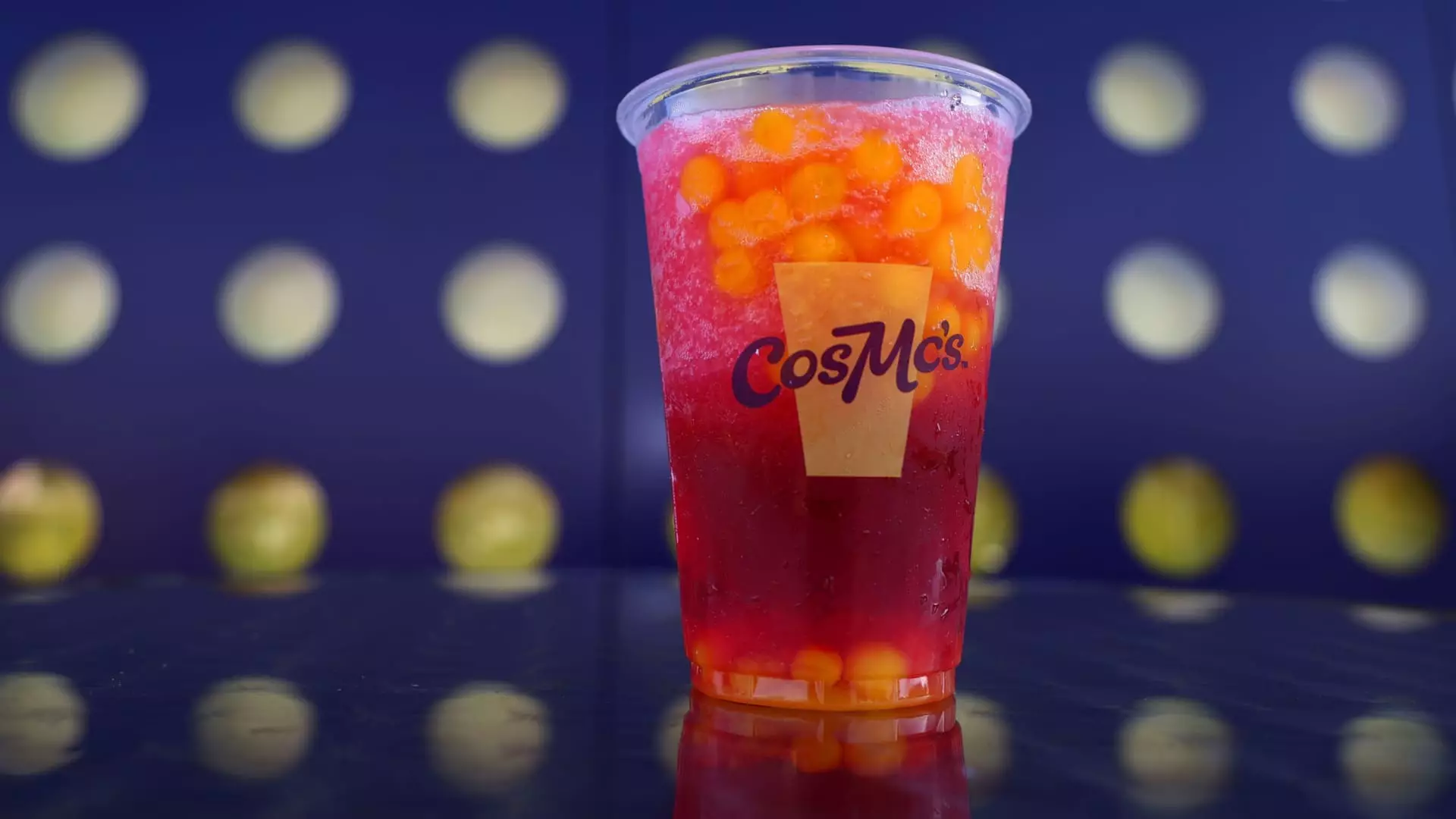In recent years, the fast-food industry has seen a seismic shift as chains scramble to capture the attention of younger generations. No longer content with simply selling burgers and fries, major names like Chick-fil-A, Taco Bell, and McDonald’s are redefining their menus to include eye-catching beverage options. This isn’t just a passing trend; it reflects a strategic pivot as restaurant operators seek to attract a demographic that’s increasingly adventurous with their palate. Against the backdrop of declining soda consumption, these chains are ambitiously tapping into a goldmine of sweet, colorful, and often caffeinated concoctions that promise higher margins and robust sales growth.
And why are they making this move? Gen Z consumers—those born between the late 1990s and early 2010s—are driving this change with their unique tastes and preferences. A generation raised on social media, their penchant for Instagram-worthy, vibrantly colored drinks is pushing fast-food giants to innovate in a way that resonates on multiple levels.
Chasing Flavor: The Race for Unique Offerings
The race to lure in Gen Z is, quite simply, fierce. Chains like Taco Bell are aiming for an impressive $5 billion beverage business by 2030, showcasing just how serious they are about capitalizing on this new beverage economy. The innovative “Live Mas Café” concept is just one example of how traditional fast-food chains are evolving to meet the expectations of a more adventurous consumer. Think outside the soda box; we’re talking drinks infused with flavors that were previously the reserve of artisanal coffee shops or trendy bars.
Even established players such as Wendy’s are entering this unconventional territory. Their unusual pairing of flavors—think blueberry pomegranate lemonade—has sparked curiosity and loyalty among customers, particularly those within the Hispanic and Gen Z demographics. This shift speaks volumes about how tastes are changing and how businesses can adapt to stay relevant. It’s not just drinks; it’s about experiences that feed into the notion of self-expression and identity for younger consumers.
The Power of Color and Texture
The vibrant colors associated with exotic flavor combinations have proven to be a magnet for attention—not just in restaurants but also on platforms like TikTok and Instagram. The social media prowess of Gen Z means that every sip of a strikingly colored drink can easily become part of a shared digital moment. Chains are capitalizing on this by introducing “marketable” drinks that not only taste good but also look visually appealing. We’re seeing items like mango-infused drinks, beautifully layered with colorful syrups, all designed for the optimal social media snapshot.
Additionally, the trend of incorporating diverse textures, such as boba pearls and chewy tapioca balls, is on the rise in fast-food beverages. Shake Shack’s tropical kiwi lemonade, combining pieces of kiwi to evoke that sought-after chewiness, shows how far brands are willing to go to enhance the sensory experience. This attention to visual and textural detail speaks to a broader cultural shift toward experiencing food in a way that transcends mere sustenance.
Gen Z: The Demographic Challenge
While the rise in sugary and caffeine-laden beverages is attracting a lot of interest, it poses a challenge for health advocates concerned about the implications of such consumption patterns. Gen Z is no stranger to health awareness; yet, as trendologist Claire Conaghan points out, they are also part of a “little treat” culture where occasional indulging is normalized. They might know these drinks are sugar-laden, but their purchases often reflect a desire for immediacy and gratification over long-term health concerns. This dichotomy presents a moral quandary for companies that need to balance profit with social responsibility.
However, let’s be clear: This is not entirely negative. By incorporating healthier elements—such as fruit-infused waters or diversified beverage options—companies can cater to varying consumer needs while still drawing in revenue. El Pollo Loco, for instance, is expanding its Aguas Frescas line, giving customers options that don’t rely solely on traditional sugary drinks.
Drinks as a Strategic Growth Area
The economic model of beverages has become an enticing avenue for further revenue, especially as many fast-food chains notice that a staggeringly high 30% of customers opt not to add drinks to their orders. In a sector where margins are crucial, nothing beats the potential profits from an ethereal beverage menu. For chains, offering an extensive variety of drinks is appealingly simpler than overhauling food items, often requiring little more than swapping out syrup flavors or utilizing existing supplies in imaginative ways.
Even Wendy’s recognizes the importance of integrating drinks into their breakfast offerings, aiming for more customers to complete their meal with a beverage. When a chain like Taco Bell introduces innovative offerings alongside traditional menu items, they tap into both nostalgia and novelty, effectively maximizing their product appeal.
As the landscape evolves, fast-food chains are venturing beyond carbonated drinks, exploring the far reaches of flavors and formats. The challenge lies in balancing experimentation with brand identity while respecting the growing health consciousness among consumers. Where profit meets innovation, we will find the future of fast food—and beverages may just be at the forefront.


Leave a Reply